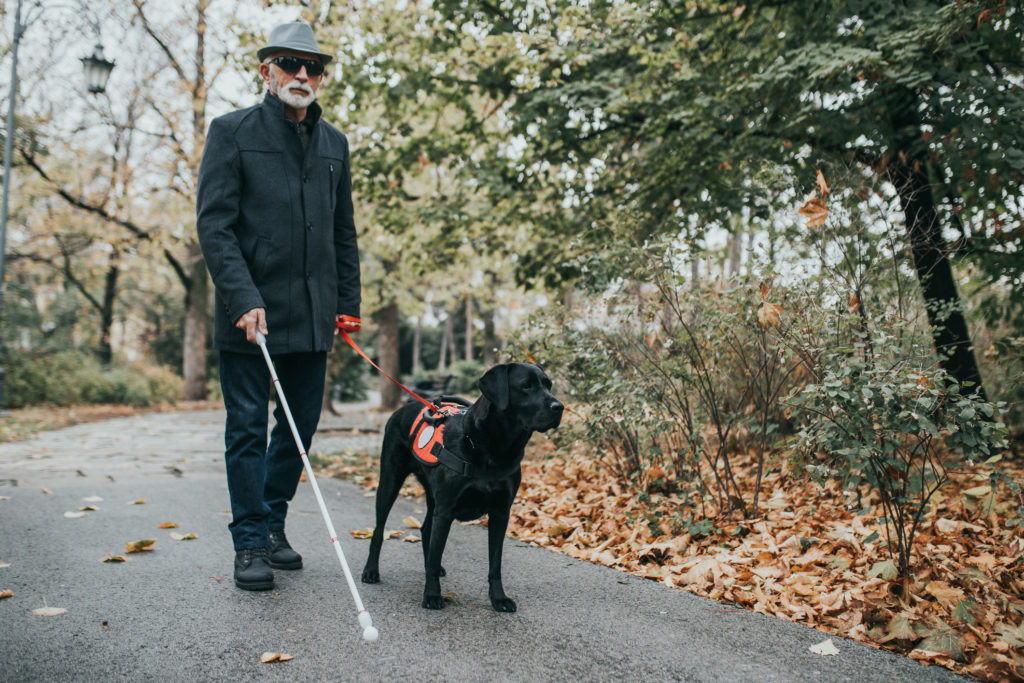Nov. 6, 2019

At the annual meeting of the Society for Neuroscience in Chicago a couple weeks ago, scientists shared progress from several efforts to provide blind people with artificial vision, according to reporting by Kelly Servick in Science.
Several common disorders steal vision by destroying photoreceptors, the first cells in a relay of information from the eye to the brain. The other players in the relay often remain intact: the so-called bipolar cells, which receive photoreceptors’ signals; the retinal ganglion cells, which form the optic nerve and carry those signals to the brain; and the multilayered visual cortex at the back of the brain, which organizes the information into meaningful sight, Servick explains.
Because adjacent points in space project onto adjacent points on the retina, and eventually activate neighboring points in an early processing area of the visual cortex, a visual scene can be mapped onto a spatial pattern of signals. But this spatial mapping gets more complex along the relay, so some researchers aim to activate cells as close to the start as possible.
Other Articles to Explore
A team led by Daniel Palanker, a physicist who works on visual prostheses at Stanford University in Palo Alto, Calf., has designed a retinal implant of about 400 photodiodes or “pixels” that replace some of the retina’s spatial map.
A video stream of the outside world is shown on the inside of a pair of glasses in near-infrared light, which the implant’s pixels convert into electrical signals to stimulate the retina’s bipolar cells. The Paris-based company Pixium Vision is testing the device in five people who have the photoreceptor-destroying disease macular degeneration.
At the meeting, Palanker presented videos showing that participants who had been implanted with the prosthesis for about one year could recognize objects on a table and read printed or on-screen letters. The artificial vision is good enough to make out the title of a book, Palanker says, though not the words on its pages. His team is now working to shrink the photodiodes—creating finer pixels and sharper vision—without losing too much signal strength.
Palanker’s team is just one group of scientists working to help the blind with artificial vision, Servick writes.
Second Sight aims to treat patients with Orion, an implant of 60 electrodes that sits directly on the visual cortex and feeds the brain signals from a glasses-mounted video camera. Four-of-five blind patients who have had the implant for about one year could better locate a roughly fist-size white square on a black screen.
All five were better able to detect the direction in which a white bar moved across the screen. “We’re encouraged,” says Jessy Dorn, director of scientific research at the company in Sylmar, Calif.



























